Margaret C. Crofoot
Seeing biodiversity: perspectives in machine learning for wildlife conservation
Oct 25, 2021
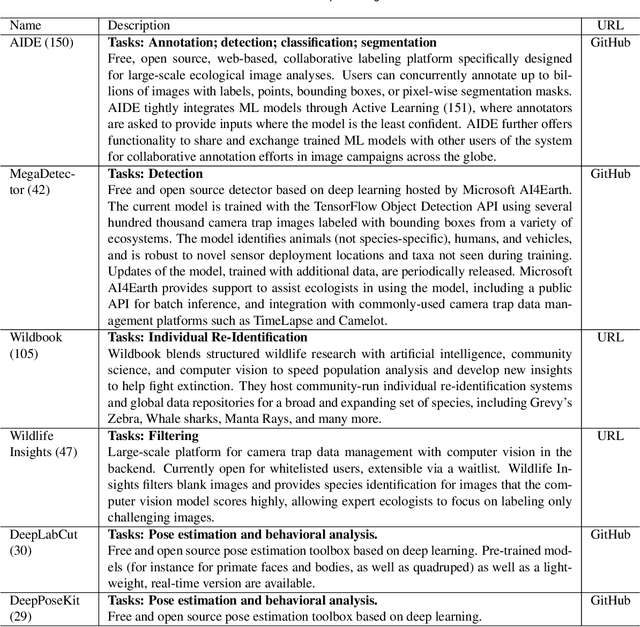

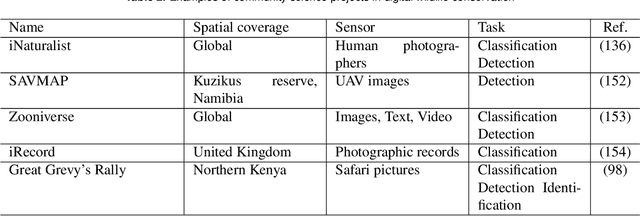
Abstract:Data acquisition in animal ecology is rapidly accelerating due to inexpensive and accessible sensors such as smartphones, drones, satellites, audio recorders and bio-logging devices. These new technologies and the data they generate hold great potential for large-scale environmental monitoring and understanding, but are limited by current data processing approaches which are inefficient in how they ingest, digest, and distill data into relevant information. We argue that machine learning, and especially deep learning approaches, can meet this analytic challenge to enhance our understanding, monitoring capacity, and conservation of wildlife species. Incorporating machine learning into ecological workflows could improve inputs for population and behavior models and eventually lead to integrated hybrid modeling tools, with ecological models acting as constraints for machine learning models and the latter providing data-supported insights. In essence, by combining new machine learning approaches with ecological domain knowledge, animal ecologists can capitalize on the abundance of data generated by modern sensor technologies in order to reliably estimate population abundances, study animal behavior and mitigate human/wildlife conflicts. To succeed, this approach will require close collaboration and cross-disciplinary education between the computer science and animal ecology communities in order to ensure the quality of machine learning approaches and train a new generation of data scientists in ecology and conservation.
A Framework For Identifying Group Behavior Of Wild Animals
Jul 01, 2019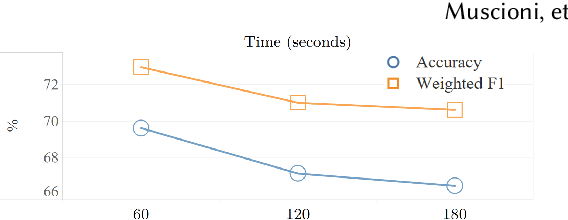

Abstract:Activity recognition and, more generally, behavior inference tasks are gaining a lot of interest. Much of it is work in the context of human behavior. New available tracking technologies for wild animals are generating datasets that indirectly may provide information about animal behavior. In this work, we propose a method for classifying these data into behavioral annotation, particularly collective behavior of a social group. Our method is based on sequence analysis with a direct encoding of the interactions of a group of wild animals. We evaluate our approach on a real world dataset, showing significant accuracy improvements over baseline methods.
FLICA: A Framework for Leader Identification in Coordinated Activity
Mar 04, 2016

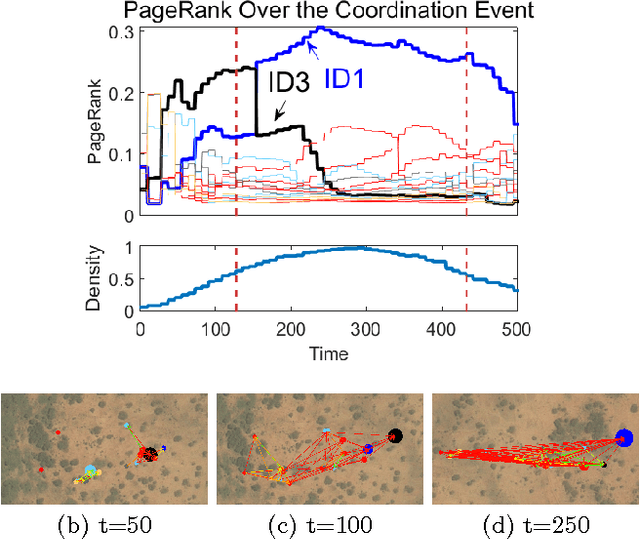
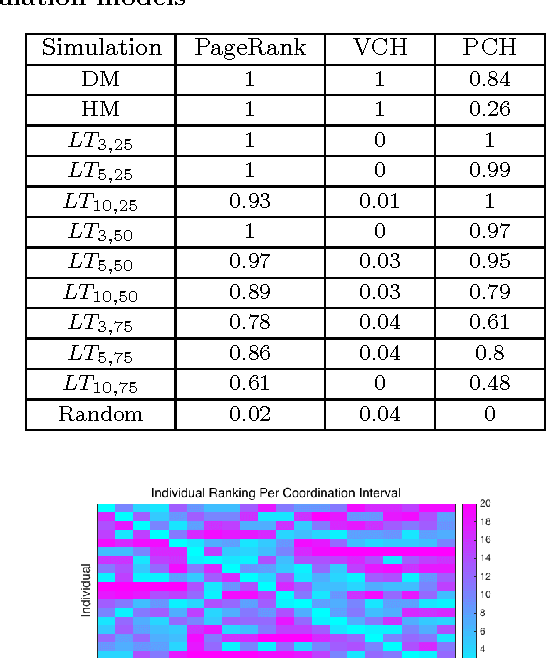
Abstract:Leadership is an important aspect of social organization that affects the processes of group formation, coordination, and decision-making in human societies, as well as in the social system of many other animal species. The ability to identify leaders based on their behavior and the subsequent reactions of others opens opportunities to explore how group decisions are made. Understanding who exerts influence provides key insights into the structure of social organizations. In this paper, we propose a simple yet powerful leadership inference framework extracting group coordination periods and determining leadership based on the activity of individuals within a group. We are able to not only identify a leader or leaders but also classify the type of leadership model that is consistent with observed patterns of group decision-making. The framework performs well in differentiating a variety of leadership models (e.g. dictatorship, linear hierarchy, or local influence). We propose five simple features that can be used to categorize characteristics of each leadership model, and thus make model classification possible. The proposed approach automatically (1) identifies periods of coordinated group activity, (2) determines the identities of leaders, and (3) classifies the likely mechanism by which the group coordination occurred. We demonstrate our framework on both simulated and real-world data: GPS tracks of a baboon troop and video-tracking of fish schools, as well as stock market closing price data of the NASDAQ index. The results of our leadership model are consistent with ground-truthed biological data and the framework finds many known events in financial data which are not otherwise reflected in the aggregate NASDAQ index. Our approach is easily generalizable to any coordinated activity data from interacting entities.
 Add to Chrome
Add to Chrome Add to Firefox
Add to Firefox Add to Edge
Add to Edge